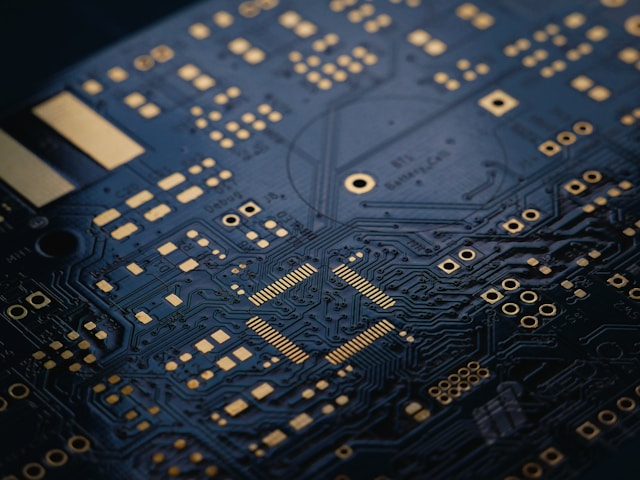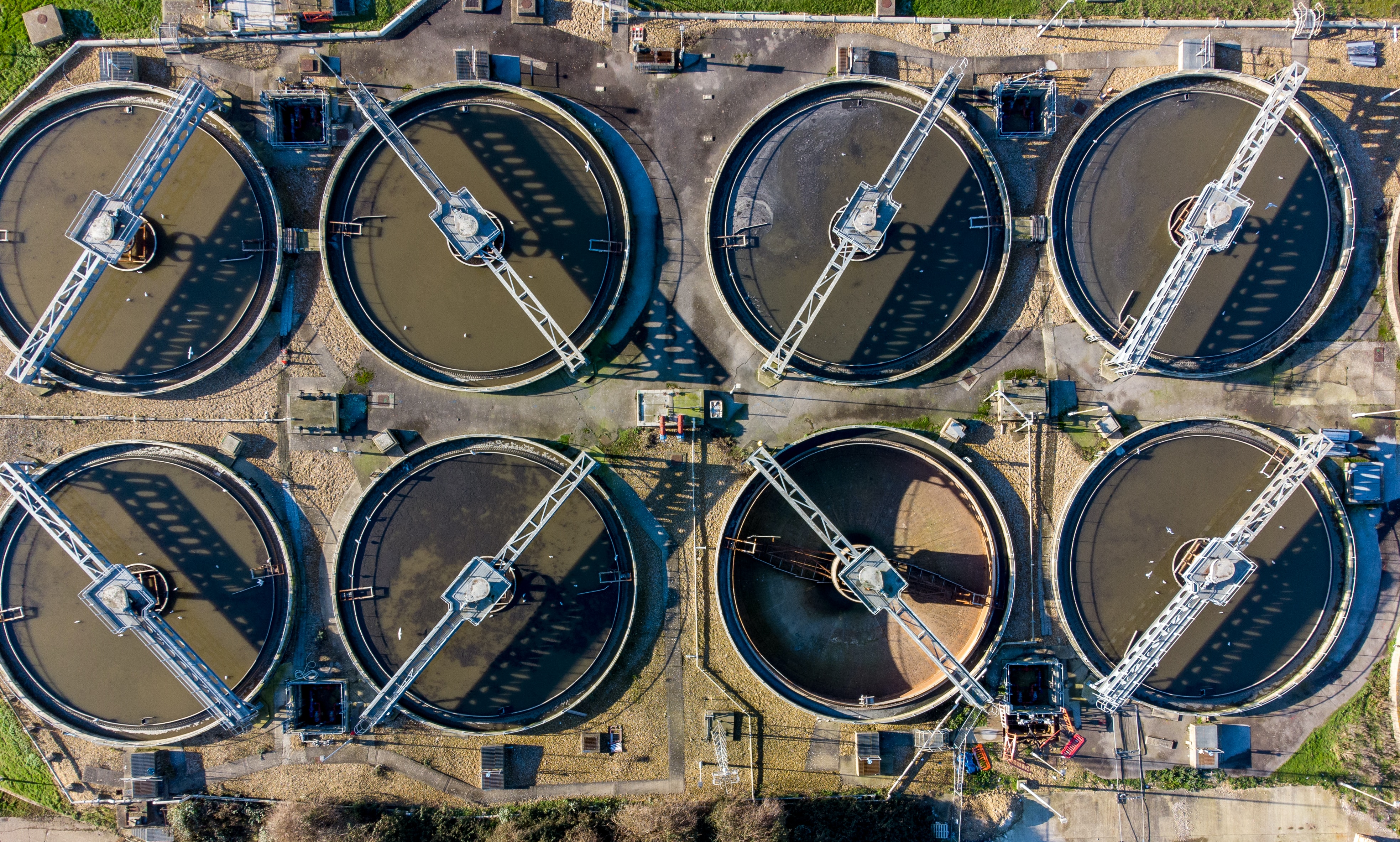Breakthrough in Microplastic Removal
Scientists at the University of Missouri have made a significant breakthrough in the fight against microplastic pollution. Their innovative technique can effectively remove over 98% of nanoplastics from water. While the impact of plastic pollution on human health remains unclear, the discovery that we are consuming microscopic plastic particles with our water has understandably caused concern.
How the Technique Works
The method employs a specially designed solvent that floats on the water’s surface, akin to oil. When combined with the water, this solvent captures microscopic plastic particles and pulls them to the top. Researchers then use a pipette to extract the top layer of liquid, successfully removing nearly all nanoplastic beads from the samples. The technique proved even more effective in salt water, achieving a 99.8% removal rate for polystyrene pollutants.
Implications for Health and Ecosystems
“Nanoplastics can disrupt aquatic ecosystems and enter the food chain, posing risks to both wildlife and humans,” said Piyuni Ishtaweera, a recent alumna who led the study. “In layman’s terms, we’re developing better ways to remove contaminants such as nanoplastics from water.”
Future Research and Applications
The study reveals a cost-effective and potentially sustainable approach to tackling the nanoplastics issue. The researchers recommend further investigation to explore how this technique might be adapted for cleaning water or addressing other pollutants, such as forever chemicals. Future research should also aim to determine the solvent’s maximum capacity and investigate methods for recycling it for multiple applications, according to the study’s conclusions.







